
Welcome to The Best Movie You NEVER Saw, a column dedicated to examining films that have flown under the radar or gained traction throughout the years, earning them a place as a cult classic or underrated gem that was either before it’s time and/or has aged like a fine wine.
This week we’ll be looking at THE NAME OF THE ROSE.

THE STORY: In the early 14th century an unorthodox Franciscan monk investigates the mysteries of a remote abbey and a series of murders that match the prophecies in the Book of Revelations.
THE PLAYERS: original author Umberto Eco. Director Jean-Jacques Annaud. Actors Sean Connery, Christian Slater, F. Murray Abraham, Ron Perlman, Michael Lonsdale, and Valentina Vargas. Composer James Horner. Cinematographer Tonino Delli Colli (LIFE IS BEAUTIFUL, ONCE UPON A TIME IN AMERICA).
THE HISTORY: While THE NAME OF THE ROSE eleased the same year as HIGHLANDER and just before THE UNTOUCHABLES, the mid 1980s saw Sean Connery was coming off of a series of films that included CUBA, OUTLANDER, NEVER SAY NEVER AGAIN, and SWORD OF THE VALIANT. He didn't seem to be the box office gold that Annaud might have hoped when he chose to cast Connery in the role, a decision itself which didn't come without a long period where Connery himself sought to convince the director to give him the part. Initially an unknown was sought, with Annaud searching theatres everywhere from Chicago to Wales. Every two months Connery's agent would call and pitch for the part but the primary concern for Annaud was that, as William of Baskerville already bore many similarities to Sherlock Holmes, the addition of 007 to the image would be too much for the character. After a year of searching, Annaud agreed to see Connery. He began to read the lines, and "what I was hearing was what I had heard inside me for almost 2 years. I stopped him on page 3." Neither Umberto Eco nor the producers agreed with the casting, the latter particularly concerned over the box office's recent relationship with Connery, but Annaud eventually won his way.
After four years of preparation, and with a budget of 17.5 million, THE NAME OF THE ROSE was shot in Italy (exteriors) and Germany (interiors). Of particular note is that the exterior set of the monastery was, at the time, the largest built for a film in Europe since 1963's CLEOPATRA. The film also served as the film debut of Christian Slater. It went on to release in the United States on September 28th, 1986, grossing $7 million by the run's end. Internationally the film did much better, leading to a total gross of $77 million.

Sean Connery was great. I grew up watching the Bond movies, and working with him at 16 was like having a master class in acting, life, all sorts of things. He’s an incredible professional, a real gentleman, a man’s man. He also didn’t take any shit from anybody. He had earned his right to be who he was, and things moved along according to his plan. He was concerned about every element and how everything was treated on the set. He didn’t even want to see the horses mistreated. There was a horse wrangler on the set, and Sean didn’t like the way the guy had hit the horse with his riding crop. So he grabbed it from the guy and said (in Connery’s voice) 'Don’t hit the fucking horses!'… I don’t think I had a clue then what a special film it was. Every once in a while there’s a special project you get to be a part of, and that was one. I was always a sensitive kid, and I remember that wrapping that film was really hard for me. It was five months in Germany and Rome, and it was hard to say good-bye. – Christian Slater
WHY IT'S GREAT: “Brother William, this abbey is enshrouded in a terrifying mystery.”
It’s a line that comes early in the film, and speaks volumes about what both the audience and the characters will be grappling with over the course of the film. Because, as the Sherlock Holmes-esque William of Baskerville and his assistant Adso of Melk quickly learn, the “mystery” at hand is a multi-layered one that is about so much more than the apocalyptic murders of multiple monks. It is this layering that carries us through and does the film adaptation of Umberto Eco’s bestselling debut novel both its greatest service and disservice. THE NAME OF THE ROSE is a strange film, one which sadly loses its rhythmic steam in the third act as the world’s deeper machinations come clear and yet still manages to find ways to re-ignite itself every time our interest begins to wane.
In the year 1327, two Franciscan monks journey to a remote monastery for a theological conference – William of Baskerville (Connery) is a fiercely intelligent man with a mysterious and guilt-heavy past and something of a detective, while his ward Adso is a young nobleman’s son who joins William on this adventure with wide eyes and a mind full of questions. But from the moment they arrive things seems to be very much amiss at the monastery, a place that was once a center of learning but is now home to empty shelves and an order of monks who follow the stricture that laughter “kills fear, and without fear there can be no faith because without fear of the Devil, there is no more need of God.” Murders begin to occur, the methods of death mirroring the prophecies of the Book of Revelations, and William is asked to investigate. The conspiracy he discovers reveals a deeper fight for the freedom of knowledge itself, as well as threaten to bring down the wrath of the Pope’s Grand Inquisitor, a fanatic heretic-hunter whose past is inextricably linked with William’s.
It's one of the only times I've grovelled in my lifetime… I begged Jean-Jacques to consider me, but he had a guy who was like the elephant man [for Salvatore]: a dwarf, he had a head the size of two heads, with goiters in his voice. But then the guy died, and I was back in the running. However, the Italian government had put up a few million dollars and they demanded that an Italian actor should play Salvatore. Then they fired him because he was completely uncooperative. After a guy died and another guy got fired, I ultimately ended up with the prize. – Ron Perlman
THE NAME OF THE ROSE’s greatest strength – and it is a truly great one – is its mis-en-scene. From the first shot to the last, Annaud builds, explores, and breaks a world very alien from our own in form, style, and tone. The landscape is rugged and the human habitation of the hilltop monastery ragged, its practices dirty and visceral and its people desperate and fearful. Wet meat bleeds as it is sawed with a knife, statuary faces seem to twist and cry, lunatics wander free, peasants fight for scraps dumped out the monastery’s waste chute, and the expression of emotions beyond grief, guilt, horror, and rage is vigorously repressed. There is an alien vibe to the entire place and time, as though we’ve been airlifted back into the past and dropped there to fend for ourselves. Annaud builds this beautifully with the little touches – thick liquid that seeps, rats, a near-constant underscore of howling wind, camera work that lingers on gargoyles and other carven faces – as well as with his direction of performance, with everyone living in a state of hysteria bordering on absolute madness.
The performances are one and all rigorously on-point. From the unspeaking, unnamed woman (Vargas) who changes Adso’s life to the wide-eyed work of Adso himself (Salter), the coldly logical hate of Grand Inquisitor Bernardo Gui (Abraham) to the utterly broken Salvatore (Perlman) – every character reveals another corner of the philosophy and atmosphere that haunts every frame of every scene, and every actor brings their character to vibrant life. But it’s the cinematography that ultimately binds it all together and provides the third of the film's chief strengths, the action often cutting to landscape shots that reveal a world which deeply, starkly reflects the state of spirit of its characters – one empty, vast, cold, rigid, crooked, and primal. Because this is a time of supreme fear and paranoia, a world where it was easy to die and hard to feel free enough to be happy. And by the film's end, agree or not, you'll understand both sides. Why people would latch on to fear, seeing the sort of strangeness (at best) and greedy monstrosity (at worst) that they would encounter every day, and why even men as intellectually permissive as William and emotionally attuned as Adso would feel threatened enough to resist speaking up for reason and compassion.

"A book like this is a club sandwich, with turkey, salami, tomato, cheese, lettuce. And the movie is obliged to choose only the lettuce or the cheese, eliminating everything else – the theological side, the political side. It's a nice movie." – auther Umberto Eco
You'll notice I haven't mentioned the central mystery much, something which one might expect when a mystery film is what's being recommened. It's not to say that the question of who is doing the murdering and why isn't interesting, though the film's final act loses the plot as it tries to juggle too much at once, but the truth is that it the murders are only there narratively to facilitate the raising of deeper mysteries from the film's heart to the surface. Mysteries about the truth of evil, the source of spirituality, the power of laughter, and the nature of God. Mysteries, in the end, of the human heart itself.
As much as the film doens't seem to be sure about whether it wants to be an experience or tell a conventional narrative, the power of the former ends up being strong enough to blaze beyond the failings of the latter. Like BARRY LYNDON or DON'T LOOK NOW, THE NAME OF THE ROSE is an opprtunity to give yourself over to another time, another place, and another mind. To be immersed in the madness and emotion of a very specific moment in history… and then realize how starkly, disturbingly prescient it is.
And to see that, within it all, there's possibility too. Through hunger, through dirt, through fear and torture and insanity… through it all, a rose – a symbol of color, love, and the blood of life – survives.

The only evidence I see of the Devil is everyone's desire to see him at work. – William of Baskerville
BEST SCENE: As William and Adso begin gathering their first real clues as to the Maguffin at the heart of the monastery's mystery, William falls into debate with the head of the monastery's order. A man who is, quite literally, almost wholly blind.
For a runner-up best scene that completely captures the strange, nigh-on alien vibe of the entire environment, make sure to search out Ron Perlman's introduction around the 27:00 mark.
And the beautifully old-school trailer:
SEE IT: You can buy THE NAME OF THE ROSE on Blu-Ray + DVD HERE!
PARTING SHOT:
Try not to learn too many bad examples from your master. He thinks too much, relying always on the decutions of his head instead of trusting in the prophetic capacities of his heart. – advice given to Adso by another Franciscan



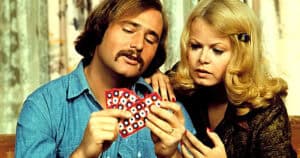
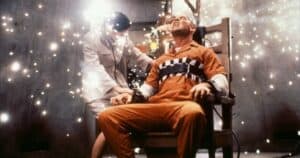
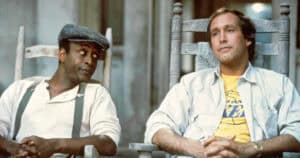
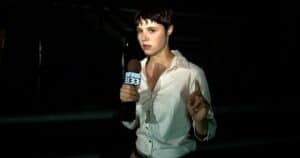
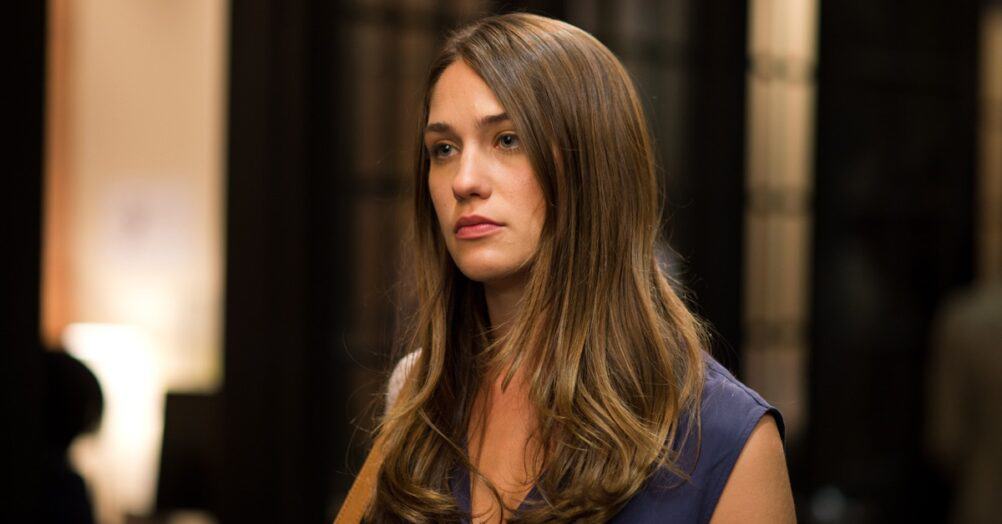
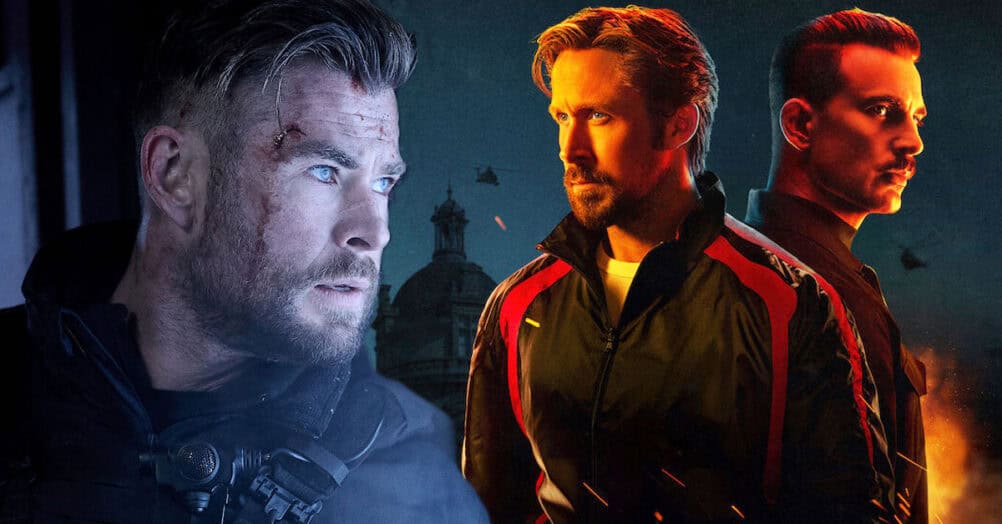
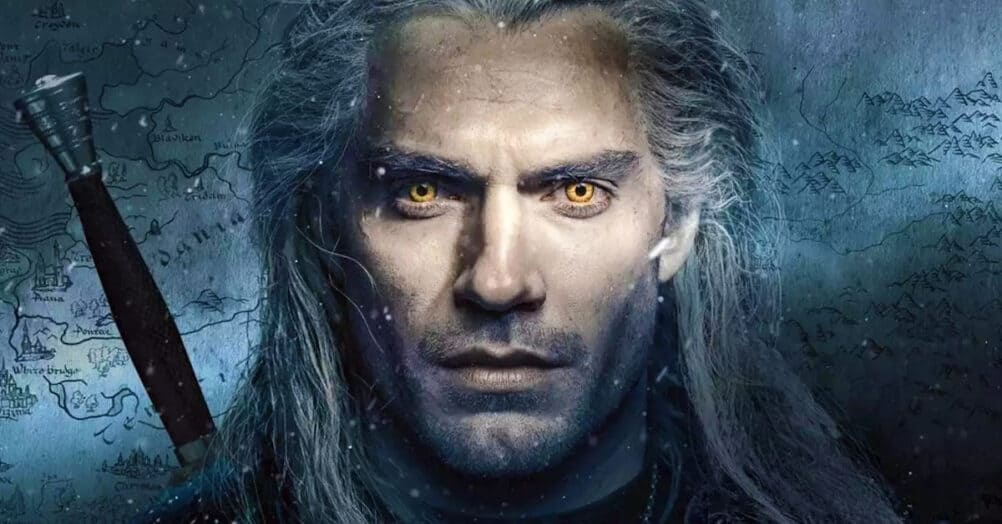
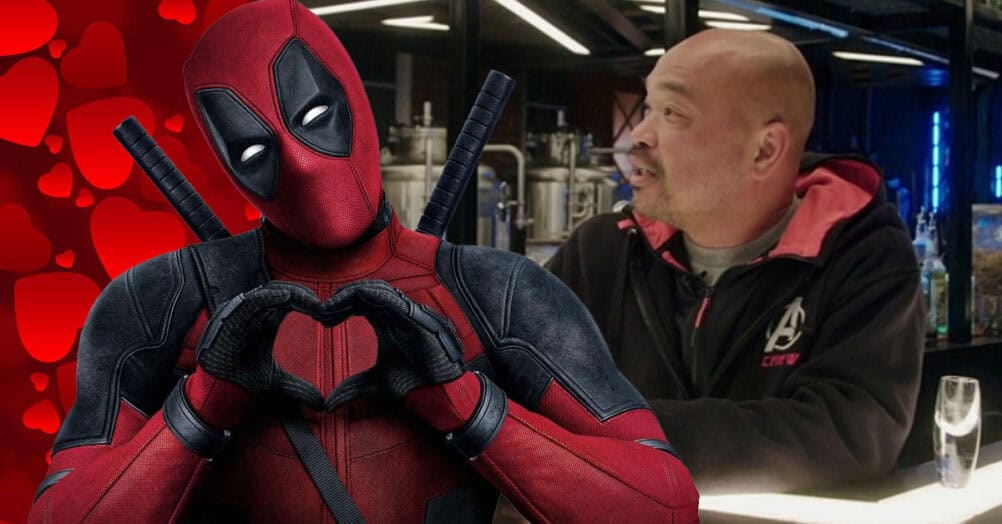
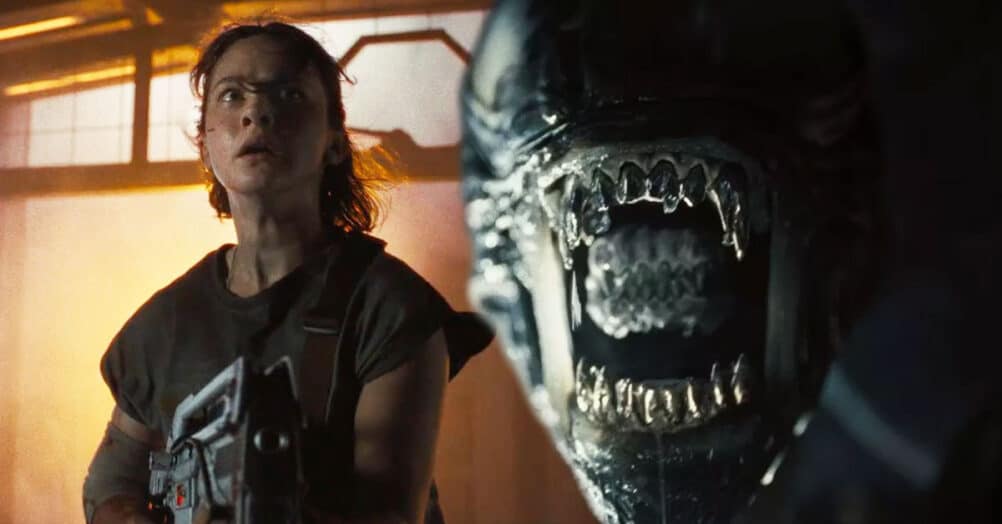
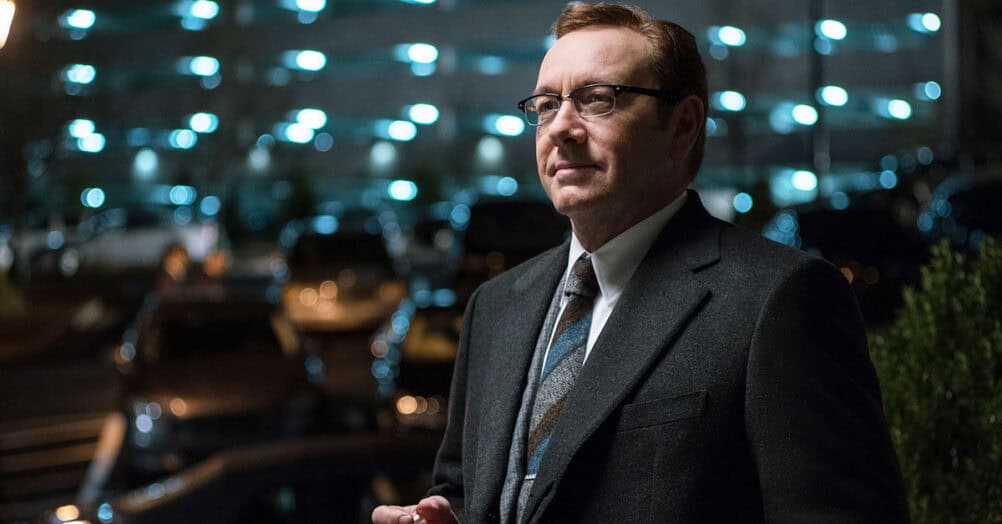


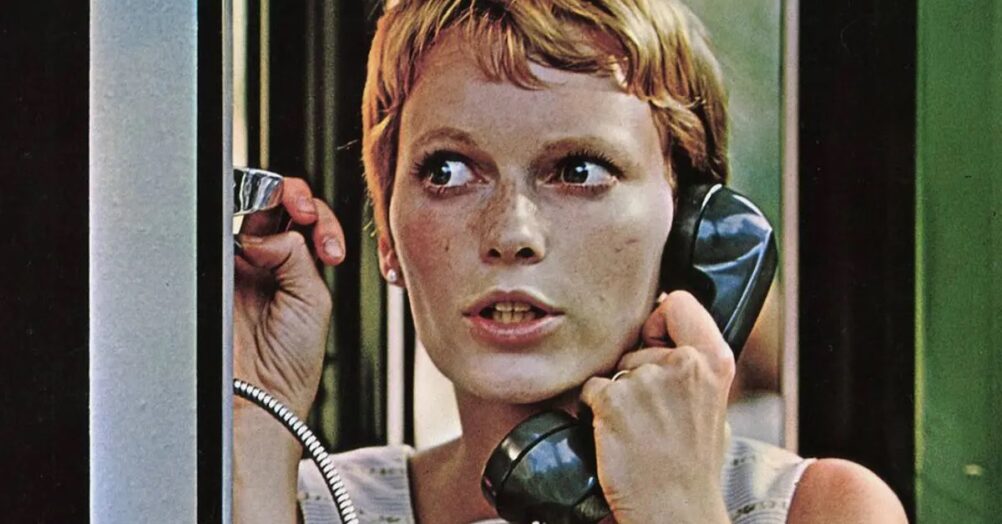
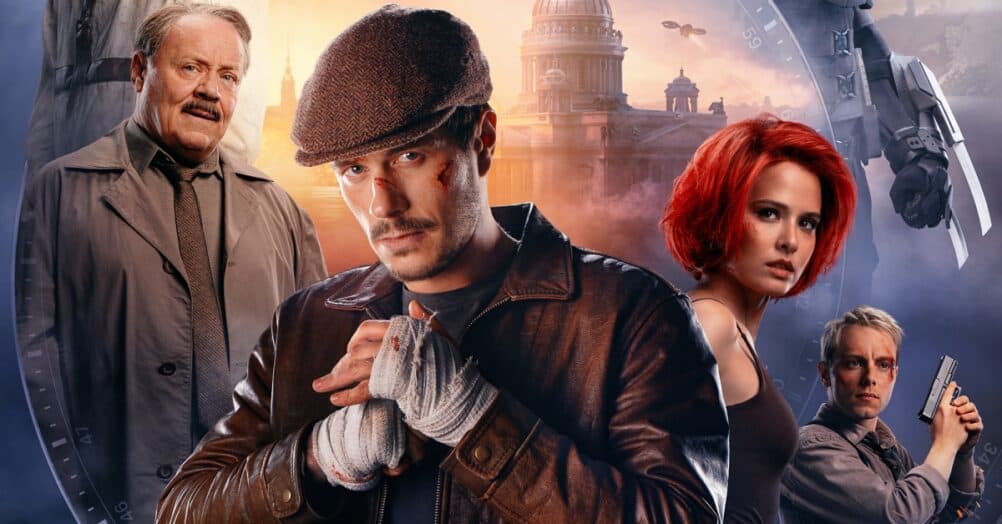
Follow the JOBLO MOVIE NETWORK
Follow us on YOUTUBE
Follow ARROW IN THE HEAD
Follow AITH on YOUTUBE